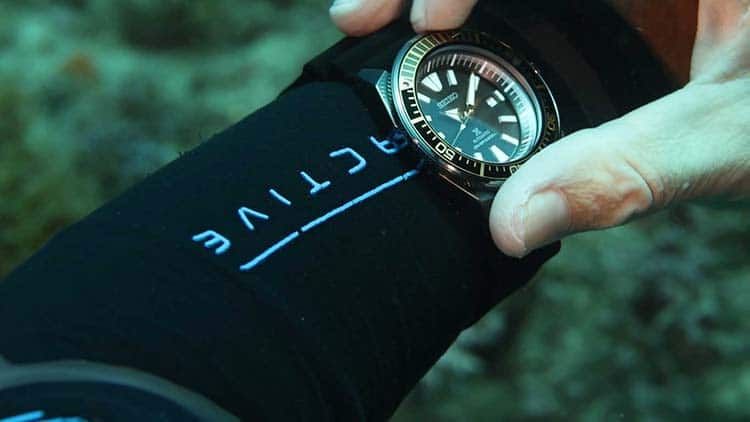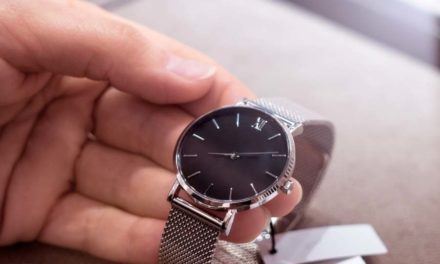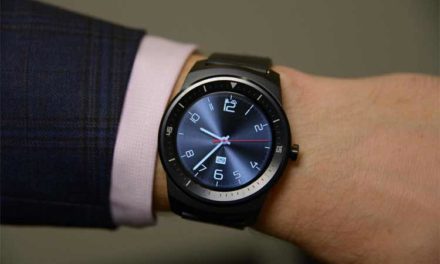The modern dive watch, as you know it today, first gained popularity when Sean Connery donned the Rolex Submariner during his portrayal of James Bond. Since then, dive watches gained rank into the elite – which already included field watches and aviation watches.
These three types of watches are not only well-known, but also coveted as being a clear indication of status, class and great taste.
Are you ready to add one of these to your collection? If so, there are several factors you need to consider to ensure you not only purchase a quality watch, but also one that will be able to withstand the wear and tear your activities may cause.
Some tips to help you find a stylish diver watch that you will love to show off can be found here.
Consider ISO Testing and Certification
Not all dive watches have been tested or certified by the ISO – International Organization for Standardization. While testing for ISO 6425 compliance is something that’s voluntary (and costly), the rigorous criteria for submersible timepieces gives you peace of mind you are buying a watch that’s going to last.
When you purchase an ISO-certified dive watch, you can feel confident the watch offers all of the following:
- Protection against any inadvertent manipulation
- The ability to see the dial in the dark
- Chemical, shock and magnetic resistance
- Strap durability
- Pressure and water resistance
If the watch has not received this certification, be very careful when moving forward with the purchase to make sure it meets your needs.

The Gaskets
The best defence your timepiece has against the influx of water (or other damaging elements, such as sea salt) is the gasket. Gaskets are small, rubber rings – that’s it.
The standard crown on any mechanical watch can be pulled out, which allows you to wind the watch. However, when it’s pulled open, the hole is an entry point for dust and water. The gaskets provide a seal between the stem of the crown and the movement.
However, while these gaskets are effective at keeping elements out, they can become dried out, jostled or even lose their elasticity over time. For this reason, the majority of dive watches are designed with extremely heavy gasket systems. This helps ensure water stays out.
The Crown
Secure dive watches will provide a screw-in or screw-down crown. Just as the name implies, the crown is similar to a screw. It is threaded so that it fits perfectly into the threaded tube. When it is tightened, the gasket is compressed, and the opening is effectively sealed.
While screw-down (in) crowns are important while in the water, you still have to be careful that you don’t adjust or open the crown while you are underwater. A mechanical timepiece has to allow access to the movement inside of the watch for modifications and maintenance. As a result, 100 percent waterproofing isn’t guaranteed.
Water-resistance in your dive watch is all about pressure. The second that you hit the water, there is an instant shift in the pressure. If you hit the surface of the water or put a non-diver’s watch underwater, the pressure will often exceed capacity, which is when water will be forced around the gaskets, into the movement and ruin the watch.
While purchasing an ISO certified watch is one way to feel confident that your watch’s crown is completely waterproof, you should also consider having water resistance checks done annually. Even a highly secure gasket system could wear down over time, regardless of the type of crown that is in place.
The Bezel
One of the most obvious signs that indicate if the watch you are considering is a true diver watch is the unidirectional rotating bezel. You can identify this because it will have a large, ridged rim that makes gripping easy, along with easy to see numerals that measure the length of time from zero to sixty.
Keep in mind, however, there are a number of non-diver’s watches that mimic this look and regardless of how heavy-duty the bezel appears, make sure to check the actual water resistance rating. Anything under 200 meters isn’t best for submersion. If you want a watch that is suitable for scuba diving, then it should be marked as “Diver’s 200 meters or more.” If you participate in mixed-gas saturation diving, then you need a watch labelled “Diver’s 300 meters or more.”
The biggest benefit offered by this type of bezel is that it allows you to easily keep track of the dive time, without impacting the time display. When you choose a watch that offers unidirectional rotating bezel, it will allow you to measure your dive time with ease, and you don’t have to worry about the timer being knocked or moved out of place.
Luminescence and Legibility
It’s tempting to be pulled in by technical innovations, such as gas release valves and depth gauges. While both of these features have helped to improve safety, they can also be a distraction in a critical moment.
Legibility of the watch is crucial. It’s so important that the ISO has clearly listed what elements on every certified diver watch need to be clear and readable at a distance of approximately 10 inches. These elements include:
- The time (with the hour hand clearly distinguishable from the minute hand)
- Total elapsed time on the bezel
- Some indication that the watch is running (i.e. a glowing second hand or end of life indicator)
Remember, it’s dark when you are underwater, as a result, proper luminescent markers can be the difference between life and death for a diver.
If you plan on using your diver’s watch for more than just style, then you need to consider all the factors here carefully. While you can still look for a great looking, stylish and classy watch, don’t sacrifice the elements here for a higher level of aesthetic appeal. It may put your safety in jeopardy.















